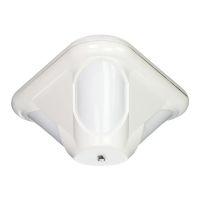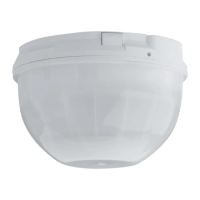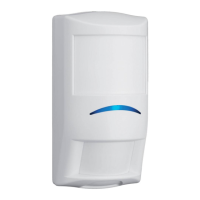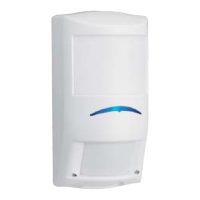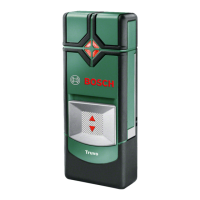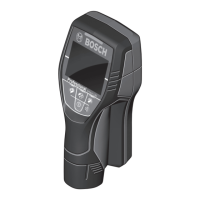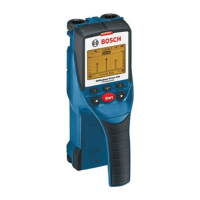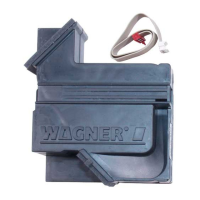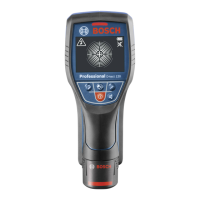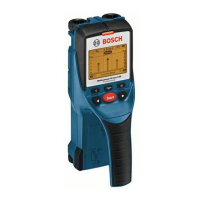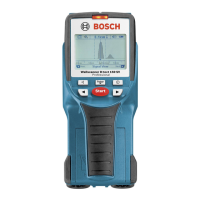Do you have a question about the Bosch TriTech and is the answer not in the manual?
Procedure for performing walk tests to verify coverage and detector performance.
Potential causes and solutions when the detector does not respond to motion.
Troubleshooting steps for a detector that is in a continuous alarm state.
Diagnosing why the detector is not sending alarms to the control panel.
Addressing issues with motion detection directly under the detector.
Troubleshooting detection issues at the edges of the coverage area.
Resolving detection problems in the distant parts of the coverage area.
Interpreting a continuously flashing detector LED, often related to warm-up or faults.
Understanding the meaning of the detector LED flashing twice, indicating tamper system failure.
Diagnosing a triple LED flash, often indicating a masking attempt.
Interpreting a four-time LED flash, typically indicating a self-test failure.
Troubleshooting a five-time LED flash, usually due to low supply voltage.
Identifying the cause of a rapidly flashing detector LED, such as incorrect mounting.
Procedure for performing walk tests to verify coverage and detector performance.
Potential causes and solutions when the detector does not respond to motion.
Troubleshooting steps for a detector that is in a continuous alarm state.
Diagnosing why the detector is not sending alarms to the control panel.
Addressing issues with motion detection directly under the detector.
Troubleshooting detection issues at the edges of the coverage area.
Resolving detection problems in the distant parts of the coverage area.
Interpreting a continuously flashing detector LED, often related to warm-up or faults.
Understanding the meaning of the detector LED flashing twice, indicating tamper system failure.
Diagnosing a triple LED flash, often indicating a masking attempt.
Interpreting a four-time LED flash, typically indicating a self-test failure.
Troubleshooting a five-time LED flash, usually due to low supply voltage.
Identifying the cause of a rapidly flashing detector LED, such as incorrect mounting.
| Sensor type | Microwave sensor |
|---|---|
| Alarm function | Yes |
| Operating frequency | 10525 MHz |
| Connectivity technology | - |
| Maximum range | 12 m |
| Certification | UL/C-UL |
| Mounting type | Wall |
| Product color | White |
| Operating temperature (T-T) | 0 - 49 °C |
